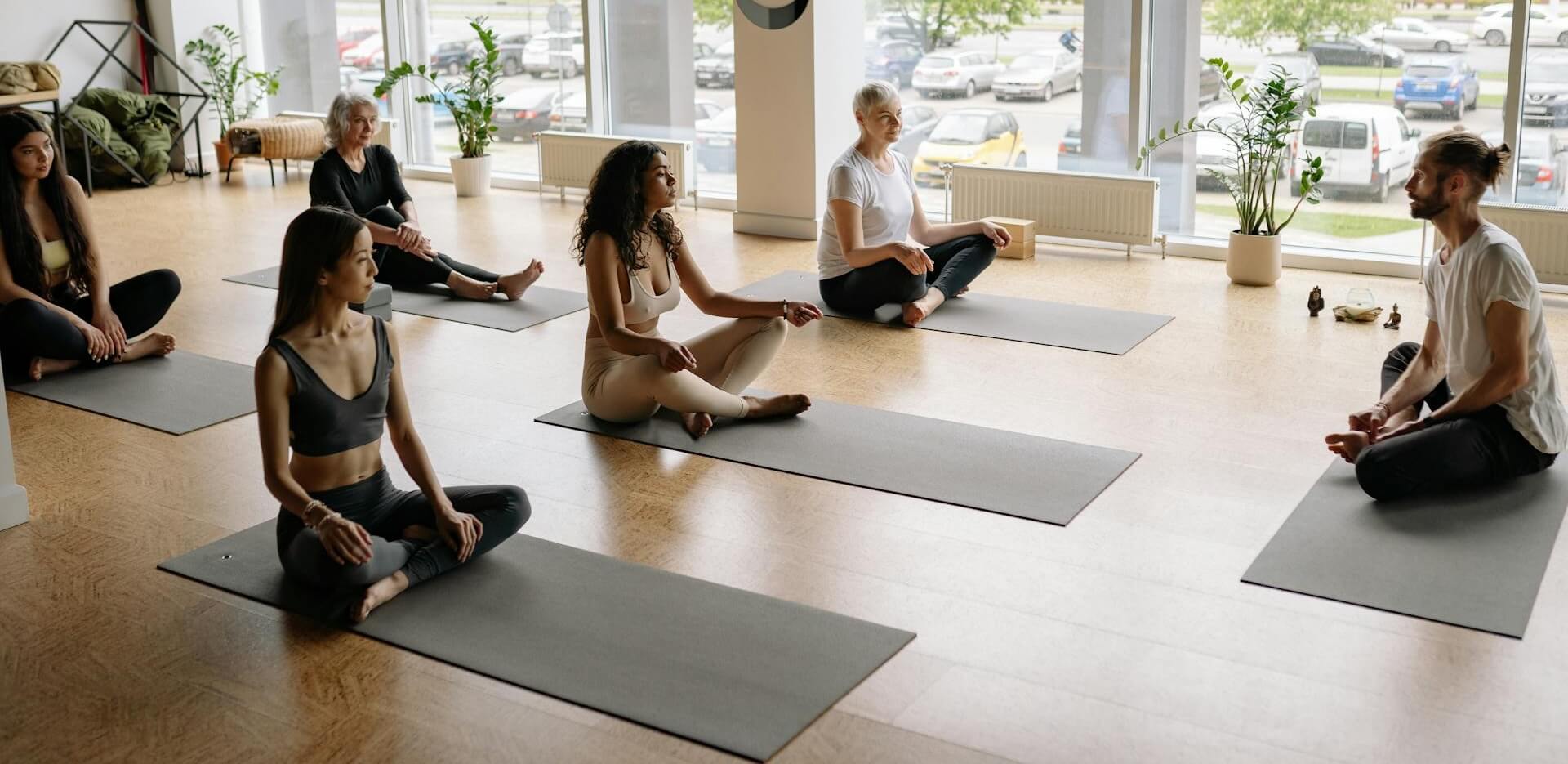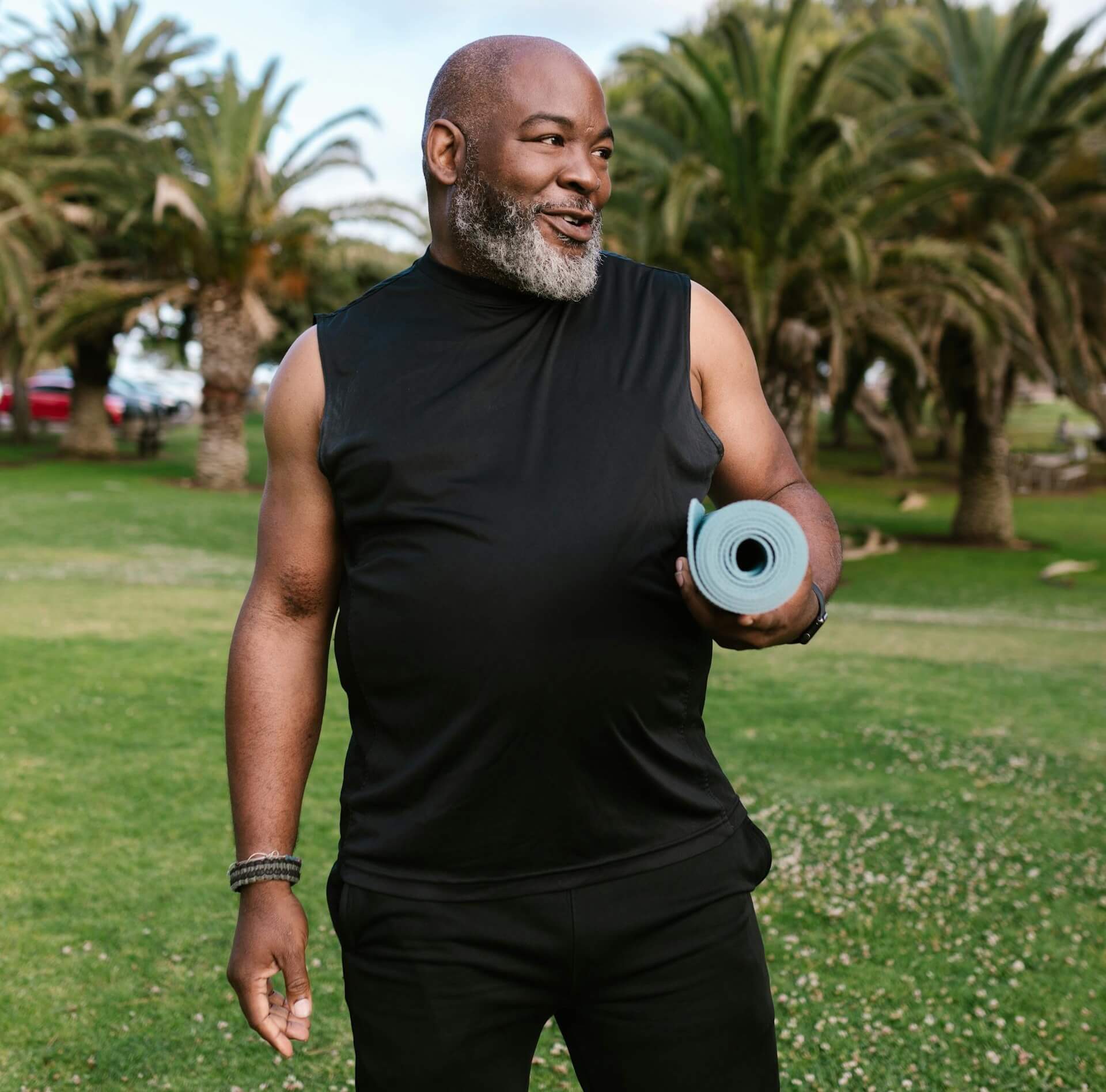
Cultural Sensitivity As A Yoga Teacher
Teaching yoga has been THE job that broadened my horizons. From the first day of work to 9 years later, I have met people from all walks of life. From there, I was able to cultivate an inclusive community that not only embraces inclusivity but thrives in it. How did I manage that? By starting within. I’ve had to face inner struggles or stigmas I have put upon myself as a Filipino. There were aspects I’ve had to discover, uncover, and relearn. In turn, I observed how I was viewed. It was quite the anthropological learning experience.
Coming across well in different backgrounds is as much an inward process as it is a learning experience. It is an ongoing, challenging, humbling, and surprising journey you´ll always be on; if you let it. I am not saying that you should drop your boundaries and be open to all experiences. By listening to their stories as well as reflecting on the events as they come, you will be enriched.
It all starts with you. To embrace cultural diversity in your classes/studio, you need to create a space for inclusivity. This does not involve redecorating or making a mural that represents inclusion. You don’t need that. In my experience, it is usually seen as pandering. I am referring to your energy as a person. Despite our belief system, all of us have intuition as sentient beings. Potential students will feel that a hundred fold before checking out your studio. Below I have listed many of the lessons I have learned over the years. I will briefly (I hope!) discuss each one. With that maybe you can take away some nuggets of knowledge or wisdom for your personal/professional growth.

1. Your culture is valuable and worthy of becoming part of you as a teacher.
It took me a long time to embrace my roots. Growing up in Manila, you tend to take them for granted when you have them every day. For a long time, they were ridiculed by the media. It was only when I moved to Europe that I saw how rich my culture was. Add a bit of homesickness, and I was singing praises about the Philippines. Wherever you may be from, show it because it reflects authenticity.
2. Cultural diversity is not just about color or country
We often forget that culture may include gender, generational, or economic status. Simply having a city, coastal, or countryside upbringing. All these factors combined influence a student’s perspective on your studio or class session.
3. Nurturing inclusivity in your space.
As mentioned in the introduction, a painted mural or visuals of diversity don’t make an inclusive space. While projecting an image will get clients through the door, it’s how they are treated or viewed upon attending a class that will determine whether they stay with you. This involves your class management. Being fair when grievances arise, or having a universal teaching script that allows your students to understand your lessons, are examples of building that inclusive foundation. Lastly, make it very clear to your students and/or employees about statements and behaviors that are completely unacceptable.
4. When meeting someone new in your class, observe non-verbal communication.
The degree of touch and physical distance vary between cultures. In my case, it was a bit of a shock at how people greet strangers with a couple of kisses in Europe. In Asia, a small wave or nod is enough to acknowledge someone’s presence. Be mindful of this. You’ll never know which one needs an arm’s length of space or if touching via handshake is too much for someone. If you see your client inching away, don’t close that space between you. Give them what they need.
5. Never assume, take a beat before asking.
I have been a witness to a number of ethnic comments as a teacher, from casual to offensive. For example, an Indian person attends my class only to hear “Oh, she must be the real expert then,” to a student asking me for “ancient Chinese secrets” to heal her back problem; it is never funny or good. I take a zero tolerance approach but never an angry one. Be firm and educate rather than discipline.
6. A bit of research can go a long way.
I usually have a 5 minute interview with new students or I have them fill out a form on the aspects of themselves they want to address through yoga and their thoughts on physical adjustments or use of props. Yes. Some people have taken offense at the use of props because they thought that the teacher didn’t see them as advanced enough. While there’s no surefire way to prevent offending your clients, a bit of information can go a long way.
7. Before you take offense, take a pause.
Some clients can be insensitive. This is why it’s imperative to cultivate inclusivity. This includes educating versus reprimanding. When that student of mine asked me for my eastern medicinal knowledge, I had to take a step back from the sheer shock of the request itself and to discern if this was only a question or if there was any malintent along with it. I observed that the student was genuinely asking but it was her generational upbringing that constructed the insensitive inquiry. The story concluded with me reminding her that I was filipina, and to always see a medical professional when something doesn’t feel right.
8. Your humor can be a trigger. Be mindful.
When I teach my class or between sessions, I usually stay away from very country specific jokes when communicating with my students. When we generate rapport with our clients or colleagues, there will come a time when we let our guard down. It’s perfectly fine to do so as long as you read the room, so to speak. Sometimes a joke can be a joke until it’s not.
9. Physical assists should be fully consented to
Physical assists are a potentially high-risk zone. When your sense of touch is involved, this means that the barrier of distance has been broken. A level of trust is given to the other. Always ask if your student wants the physical adjustment and explain exactly what adjustment you will do and why before doing it. Remember, we are not only dealing with cultural factors but a person’s physical boundaries, or both.
10. Listen
You will create a relationship with your students. At whatever capacity it is at, you will have moments of connection, and as with any teaching job, you will wear a ton of hats to interact with your students. So the last piece of advice I have is to lend an ear. When we have students who come from different creeds or countries, there is a level of displacement. They aren’t in their comfort zone. Maybe they feel seldom heard. As teachers, we should listen. Read between the lines of what our students are trying to convey.
This list of things to watch out for may seem a lot. This doesn’t have to feel limiting. In the end, the bottom line is to show respect by keeping in mind that someone shares a different view of the world than one’s own. When you do this, you create art in life. A community that represents people and acceptance. I hope this article serves you well.
Good luck and take care Momoyogis!


